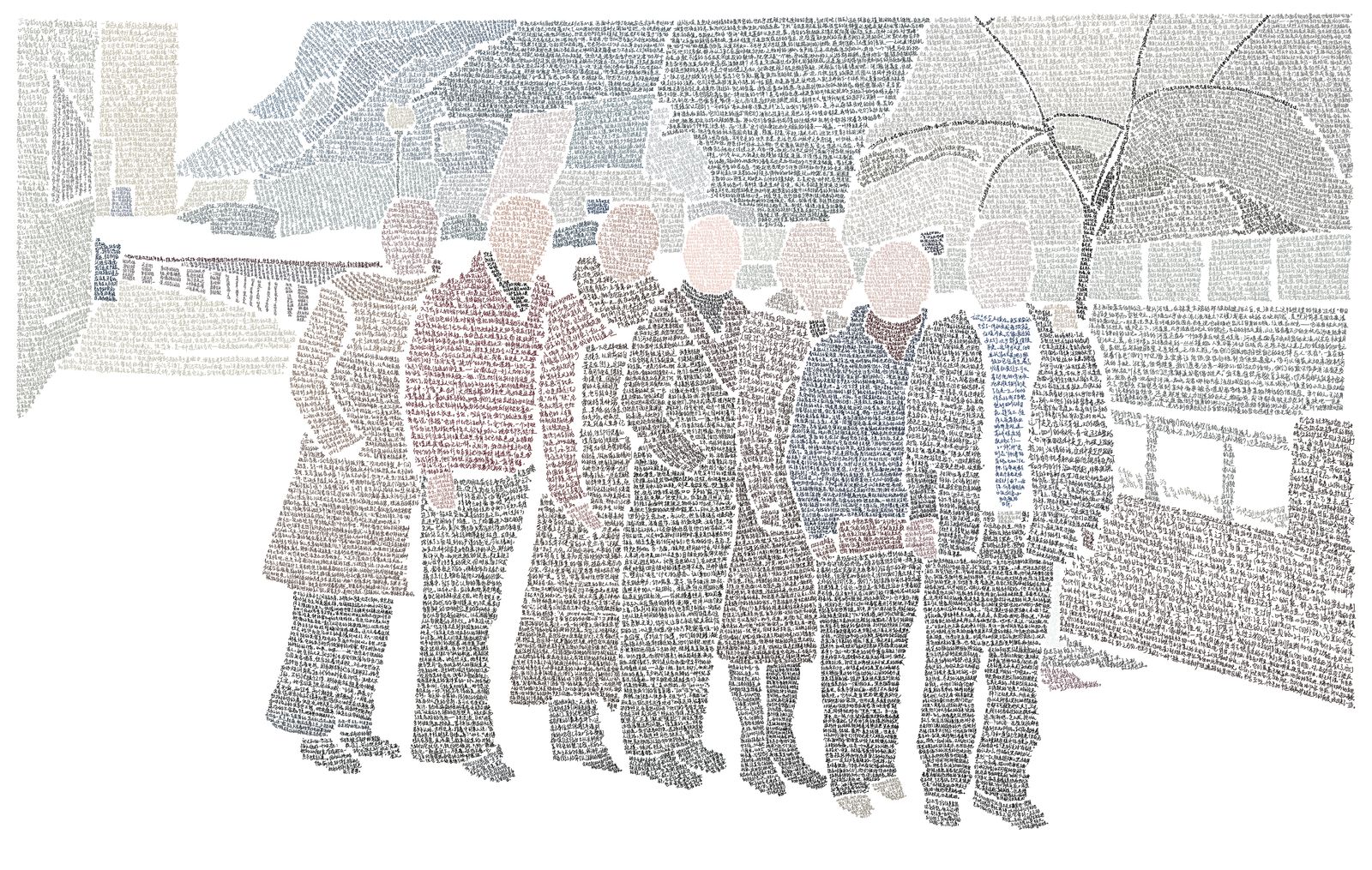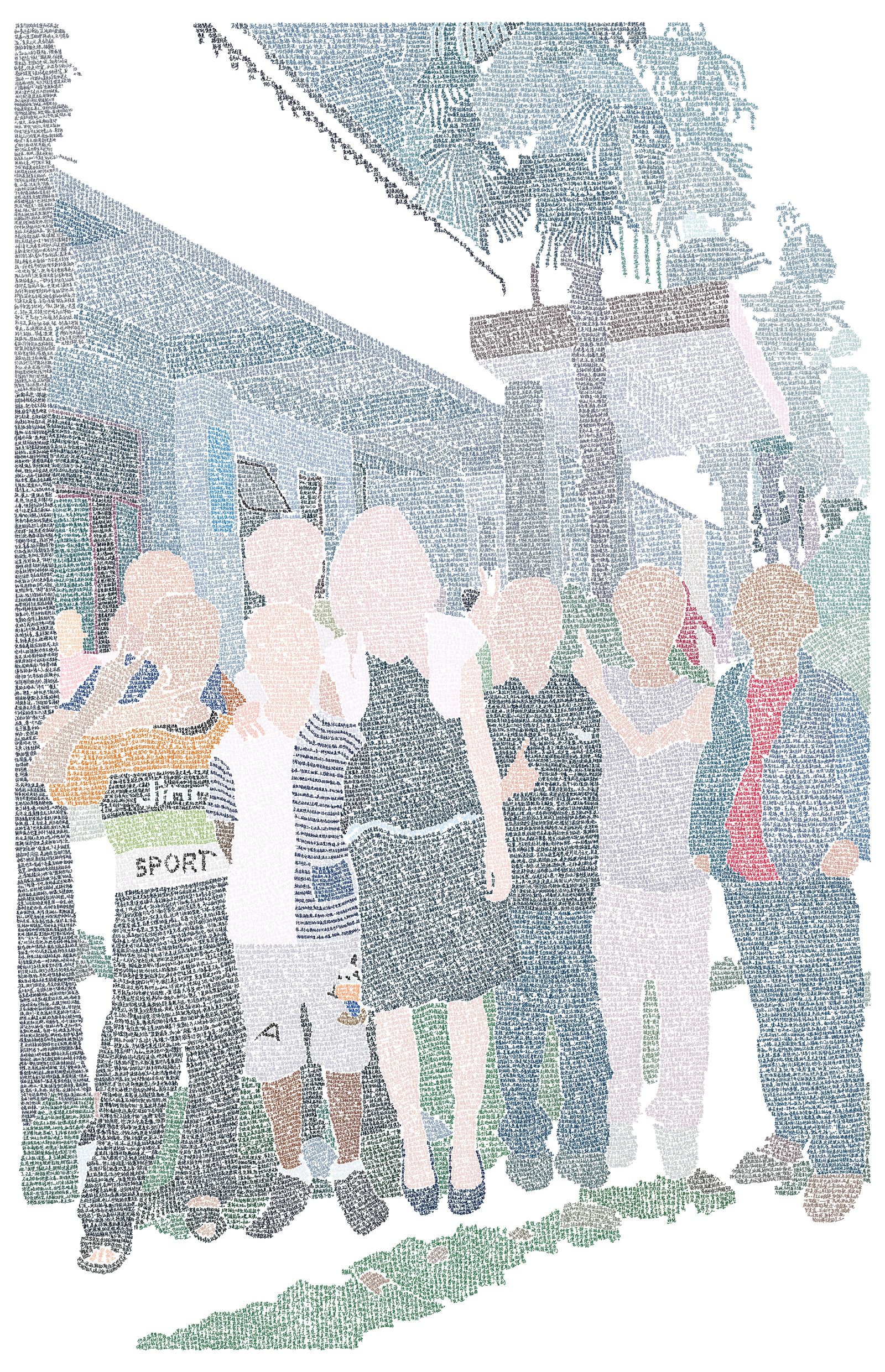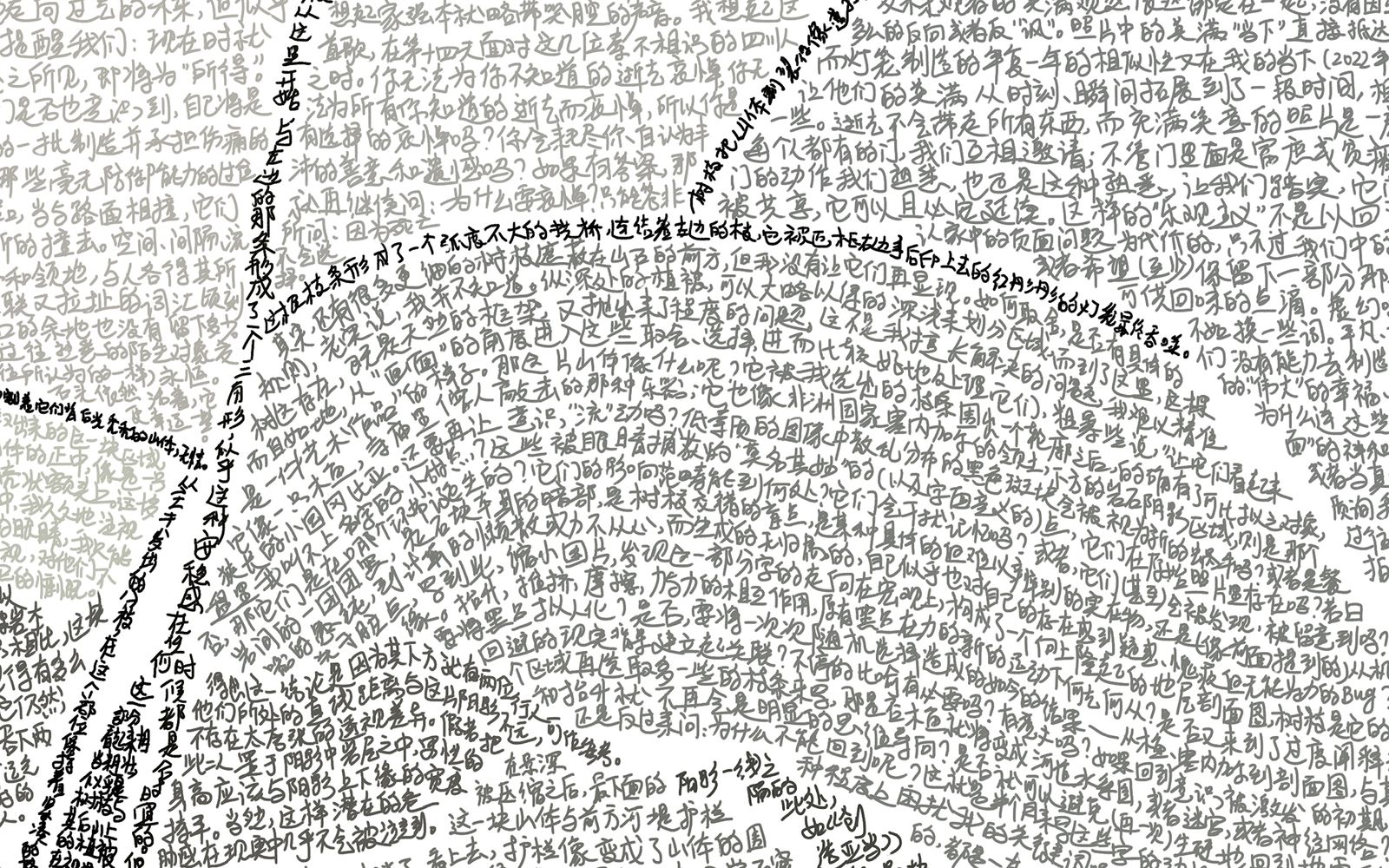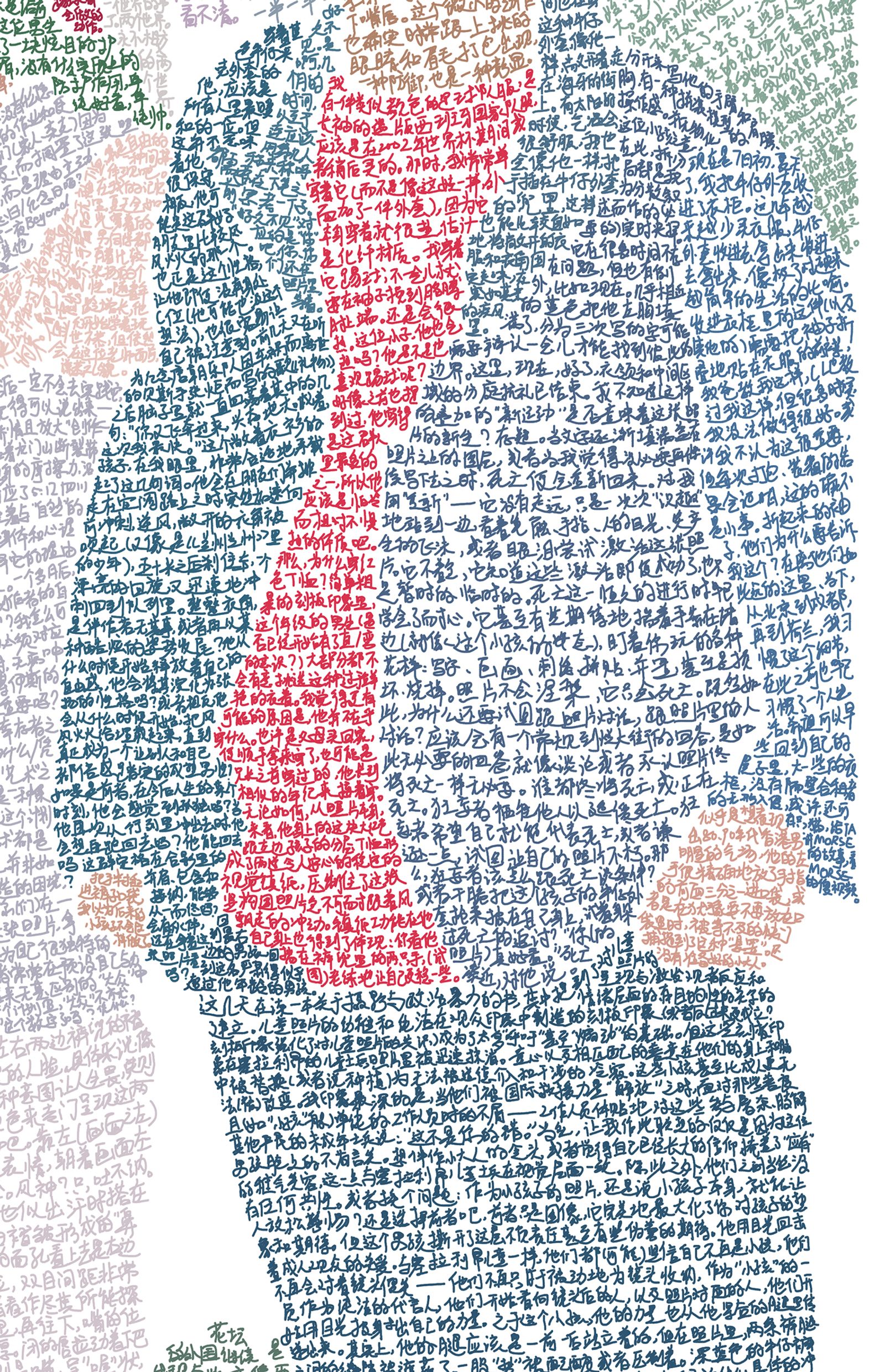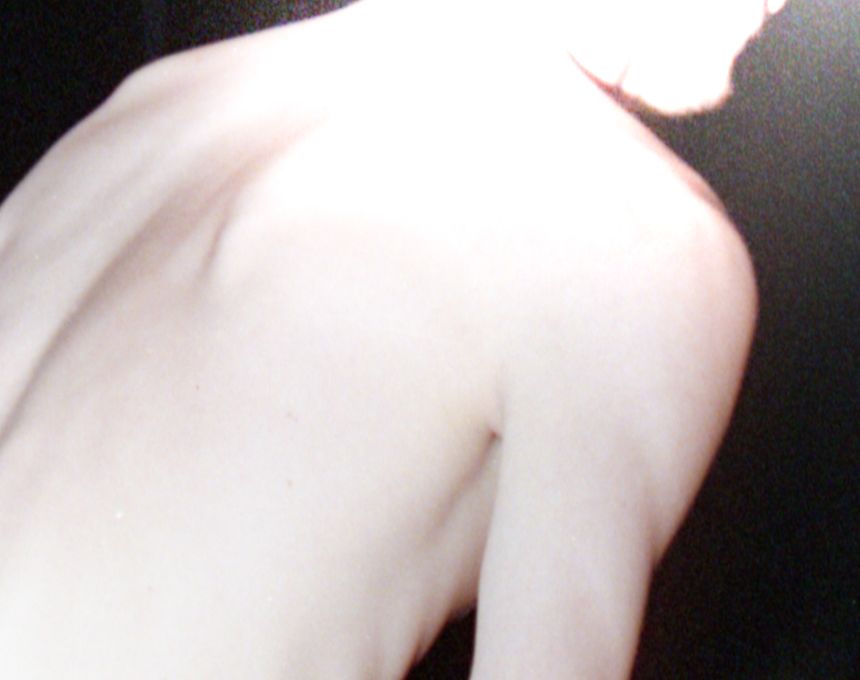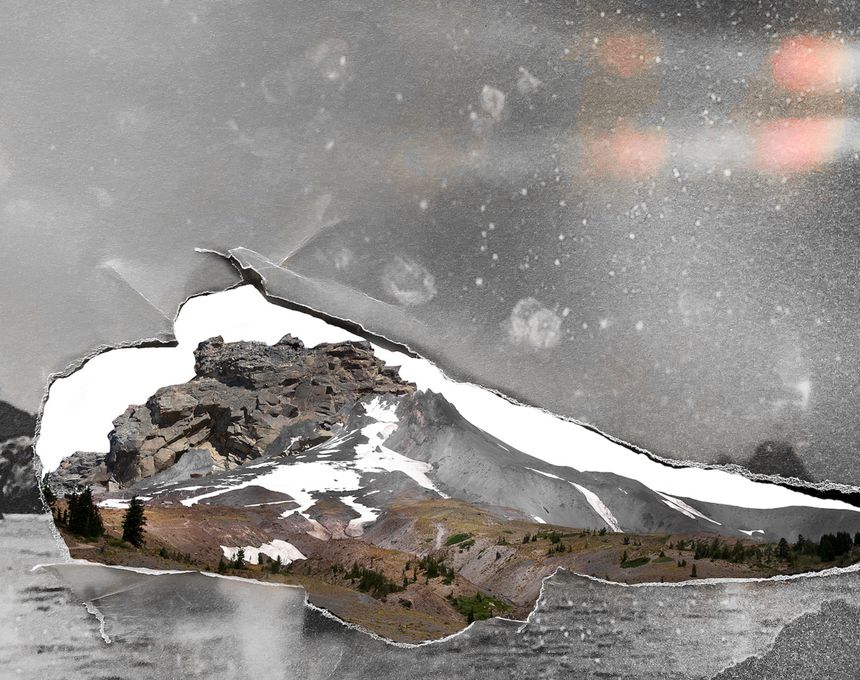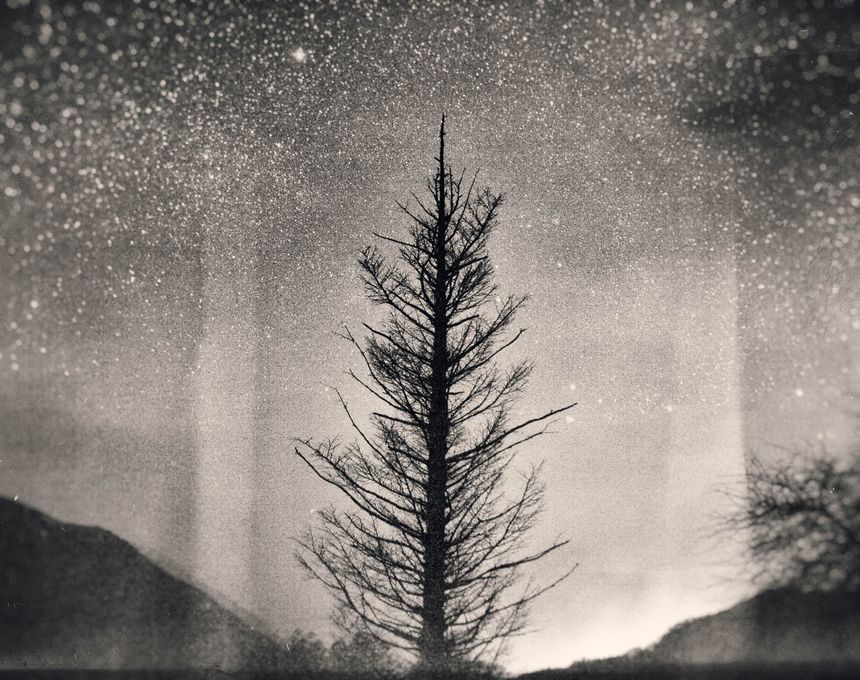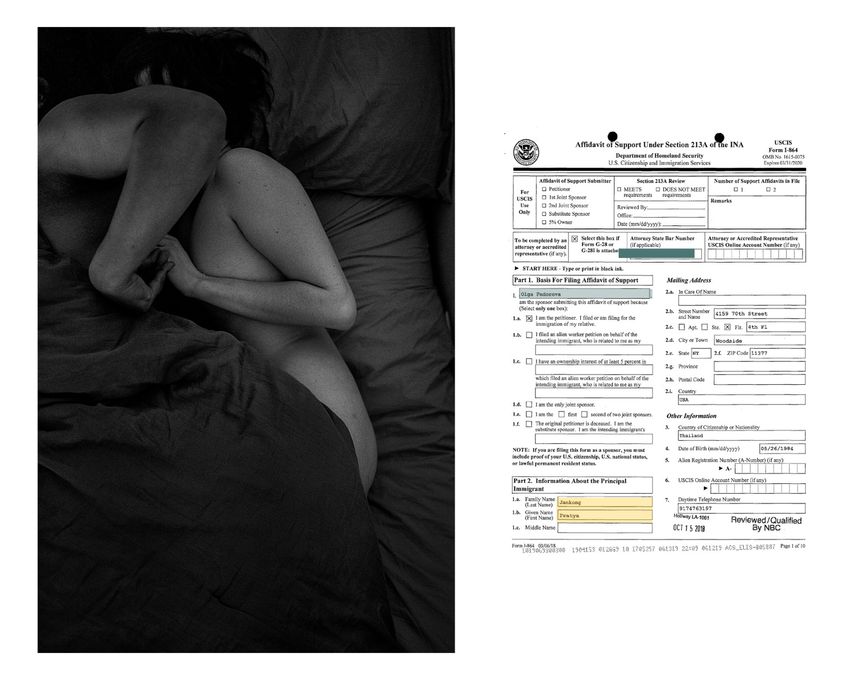Wish You Happy
-
Dates2022 - Ongoing
-
Author
In 2008, an 8.0 Richter scale earthquake struck my hometown, Sichuan Province, China, killed 69,227 people, leaving 17,923 missing and 374,643 injured to varying degrees throughout China.
I was in another city, far from home and then couldn’t share the same memory with my family. This absence reinforced the reflection on the states of "distance", "alienation" and "outsider" that began when I was a teenager and continues to this day.
From 2021, I revisited news stories about the earthquake from the past decade or so. In one of the interviews, I came across a photo of a female interviewee with her younger sisters and brother, which was made public. Some of her sisters in the photo were missing or dead because of the earthquake. (The original photo of Wish You Happy 01) I stared at this photo for a long time and thought: we can now see this ordinary everyday photo because "they" are gone. The "gone" here includes both the loss of some of the people in the photograph, or, to put it more bluntly, their death and disappearance, and corresponds to the premature loss and transformation of the position and function of this group photograph in "normal" circumstances. It should have been in a personal album or on a private computer, occasionally picked up by its owner. Now, instead of being a staged record of the living that could be shared, it has quickly become the only medium for The earthquake survivor's emotions and memories. Such a transformation is too heavy.
In Wish You Happy, I use several group photographs of people involved in The earthquake that would not have been possible or necessary for an outsider such as myself to see as bases for reconstructing the images on the photographs through relatively small textual writings. These Chinese texts include several levels of contents. Firstly, my associations with the photographs as I view them in real time. Secondly, my speculations as a photographic practitioner about some of the details of the group photographs before and after the photographic event during which were taken. Along with my resonance which stirred by the details of the people, as Sichuanese person, and scenes presented in the photographs. Here, these group photos become platforms that straddle common experience and privateness, evoking memories and activating imagination.
By putting my time in reality and the time in photographs together, I force myself to be in the same time and space as the photos for a long time, even though in this case the "simultaneity" is still a wishful thinking, to get closer while saying something I want to say. I looked at the image of these siblings regularly for half a month. As to the second photograph which is about a young female teacher Yuan Wenting who saved several students from the collapsing building but accepted her own death (the original photo of Wish You Happy 02), I have being communicating with the people in it for more than one year.
The dialogue with the still photographs gave me a sense of legitimacy and security in approaching the subject of The earthquake. In my previous art practice on disasters, I have never directly contacted the people who lived through them (some of whom were "survivors" in the words of outsiders), deliberately keeping a distance from them. Because I have always believed that direct two-way communication with survivors, asking them to revive memories that they would rather not have had, is cruel and pointless, and can lead to the secondary trauma. Wish You Happy continues this indirectness. Although at first the 'communication' was one-way, as I viewed the photographs day after day, the distance I had been concerned with on many occasions began to diminish, and a 'direct confrontation' that did not hold true in reality but constituted a logical rationalization of Wish You Happy on a methodological level gradually developed - I felt, sometimes even believed, I was directly confronting the people in the photographs. The words I wrote would reach them, whether in reality they were alive or dead. That is to say, those in the photographs who are uncertain of their death are still alive by default in my viewing and writing.
